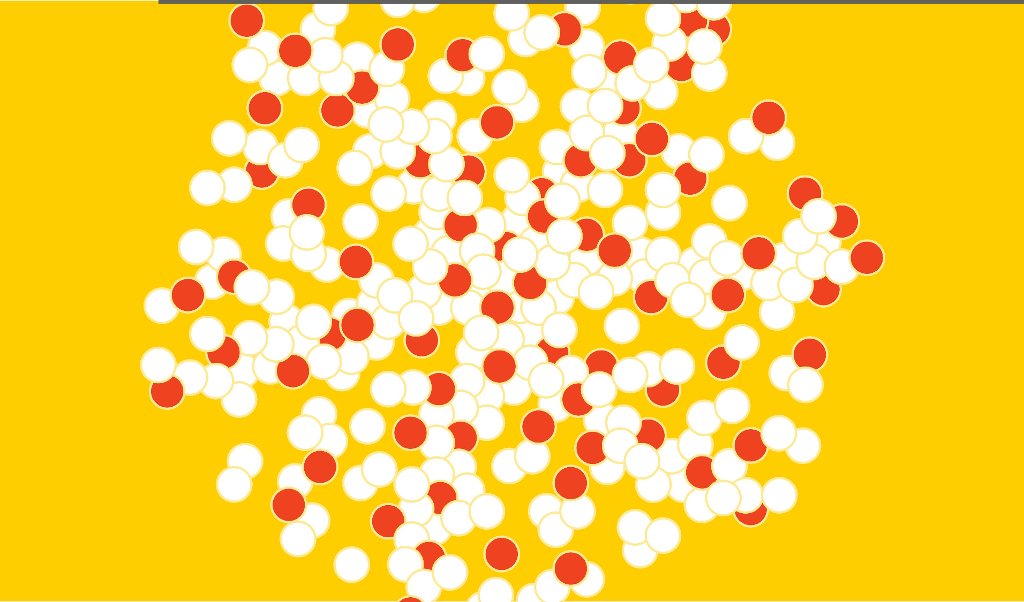Salt-doped block polymers and ionic liquids—it's a thermodynamic party. Better physics simulations crank up the possibilities for new composite materials.

Issei Nakamura is a theoretical physicist bringing a reality check to soft materials development. Specifically, he models the complex interactions of ionic liquids and block polymers, which together create salt-doped block polymers.
The ionic liquid squishes in between all the loops and strands of the block polymer. Because an ionic liquid can assemble a block polymer into millions of structures with wide-ranging properties, the possibilities are nearly endless. The composite materials show promise for battery electrodes, fuel cell membranes, electrochemical sensors and even artificial muscles.
The catch is that the materials have to get their thermodynamic groove figured out. Right now, untwining the conditions and properties of all those possible structures is like learning to tango blindfolded. Researchers and engineers can go through the motions, but understanding the sequence, the steps—and why—requires a new way to look at the system. And that's where Nakamura steps in.
In his recent research, Nakamura has looked at how miniscule energies from electrostatic interactions of the polymer and ion atoms affect ion solvation, that is, how the salts get incorporated into the overall structure. What Nakamura and his research collaborators point to as a key element is anion solvation energy; the negatively charged ions drive the reshaping of the polymer's blocks, and controlling anion solvation may make it easier to affect a salt-doped polymer's properties. Using lithium salts and poly(ethylene oxide)-b-polystyrene as an example, they show in a paper published in ACS MacroLetters how accounting for anion solvation in a simulation takes the unmixed salt and polymer from a disordered phase into a neat stack of distinct layers in a lamellar phase.
What Nakamura hopes to do next is break out of the disciplinary norms to work with materials scientists, chemical engineers and others to improve composite material modeling and development.
Michigan Technological University is an R1 public research university founded in 1885 in Houghton, and is home to nearly 7,500 students from more than 60 countries around the world. Consistently ranked among the best universities in the country for return on investment, Michigan's flagship technological university offers more than 185 undergraduate and graduate degree programs in science and technology, engineering, computing, forestry, business, health professions, humanities, mathematics, social sciences, and the arts. The rural campus is situated just miles from Lake Superior in Michigan's Upper Peninsula, offering year-round opportunities for outdoor adventure.






Comments